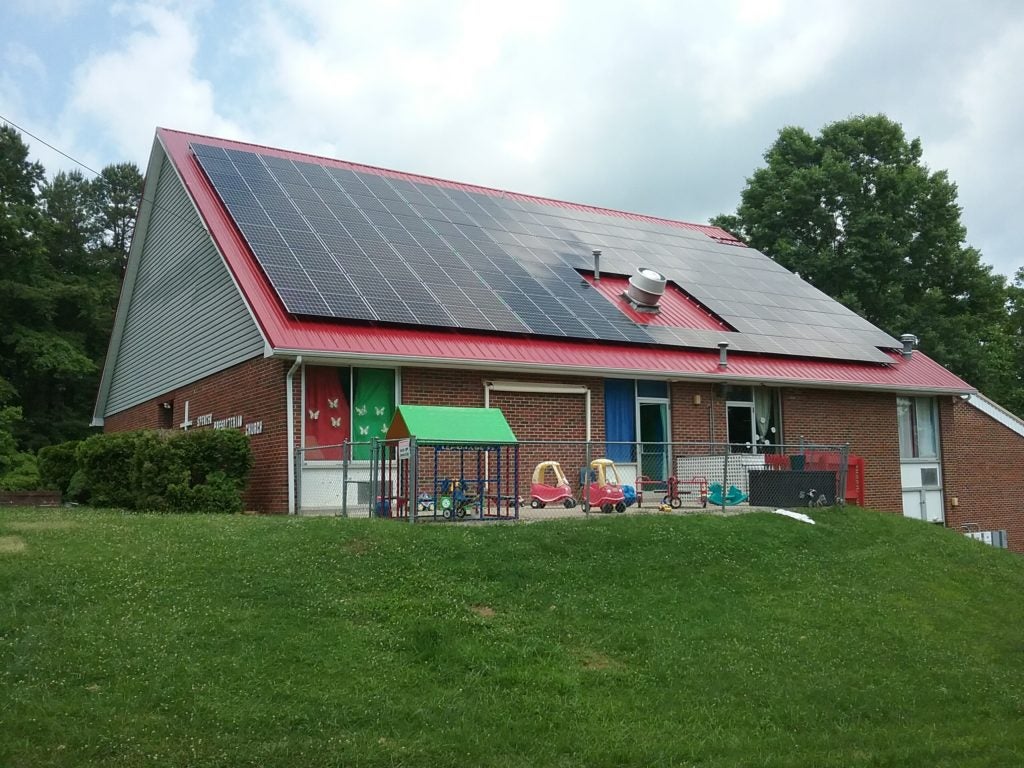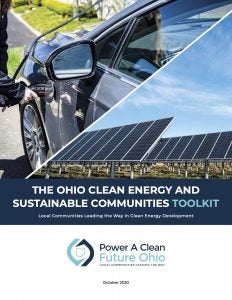New guide shows how your community can make the switch to solar


America’s transition to clean energy begins in local communities. Solar United Neighbors is proud to have worked on a new set of resources to help them achieve this goal. These are compiled in the Ohio Clean Energy and Sustainable Communities Toolkit. We developed this guide as part of the nonpartisan Power A Clean Future Ohio (PCFO) coalition. PCFO works with local leaders to develop and put in place proven climate solutions. The toolkit contains more than three-dozen recommendations for ways communities can power their communities with clean energy.
The guide is intended for elected officials in Ohio. But, there’s great useful information for solar supports as well, no matter where you live. I thought I would highlight a few.
A just transition
It is not enough to just generate more clean electricity. The transition to a new energy system must address the harm caused by the current one. The toolkit notes: that as “wealthier communities focus on their own economic development and growth, they often overlook environmental equity for their less privileged residents and neighbors”.
The toolkit recommends foregrounding discussions of equity into larger conversations about energy transition.
Increasing solar use
Municipalities have an important role to play in promoting renewable energy in their communities. The first thing they can do is go solar themselves. Doing so saves money while giving municipalities predictable energy costs. This is important for budgeting expenses. Installing solar on municipal builds is a great way to demonstrate solar’s viability to the community.
There are several things that municipalities can do to help individuals and businesses go solar. The most important is to streamline permitting processes. Complex processes slow installers’ ability to complete projects. This hurts business and increases customer costs.
Municipalities can also adopt new ways to finance solar. Property Assessed Clean Energy (PACE) financing is one such way. PACE financing lets commercial properties pay the cost of installing solar over time. They pay it via higher property taxes.
Why schools are going solar
Schools are great places to install solar. Energy costs are schools’ second largest expense. That’s why thousands of schools across the country have installed solar.
Solar on schools provides a great educational opportunity as well. Schools are using these systems to teach students about clean energy. Students have a hands-on experience with solar.
Schools are more than places where students go to class. They are also community hubs. This is particularly true in times of crisis. Powering schools with solar, and storing that electricity in batteries transforms school buildings. It turns them into secure shelter when storms string.
All the recommendations in the world mean nothing if they are not enacted. That’s why we need strong communities of solar supporters across the country. Click here to learn how you can get involved.
